Year of the Rabbit
In the Chinese horoscope 2023 is the year of the rabbit, and it is supposed to bring luck and promising financial opportunities. However, not even the rabbit can guarantee that it will be easy for Hungarian restaurants to get back on their feet!
After the pandemic, the hospitality trade was already recovering when the inflation crisis hit. In 2021-2022 the number of cafés, bars and restaurant reduced by a little less than 10%. There is no universal recipe for survival and there are several unsolved problems, but there is some kind of optimism emerging in hospitality. Demand for out-of-home eating and drinking seems to be returning to the pre-pandemic level.
Restaurant owners are facing stronger competition than before, primarily because of the changing consumption habits and needs. We can and we want to eat anything, more or less anywhere – sitting down, standing and running form one place to another. Some of the money people could spend in a restaurant goes to bakeries, butcher’s shops, snack bars and grocery stores, for instance the latter are waiting for consumers with sophisticated baked goods and fresh food corners.
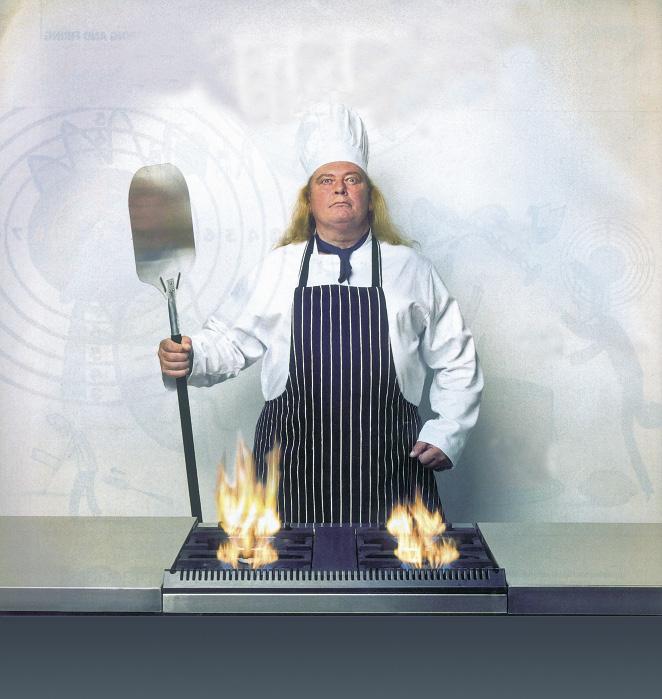
The shortage of chefs is the most pressing labour problem in the hospitality sector
Constants and variables
Prices rose sharply at every level of hospitality, and those guests whose salaries hasn’t followed the inflation have to decide: they visit restaurants less often or start eating in cheaper places. About 1-1.5 years ago we were writing about restaurants enlarging their kitchens to the detriment of the guest area, and about the growing number of ghost kitchens; by now this trend has turned around, and once again restaurants are focusing on the guest area. The opening hours of restaurants are also changing. If energy prices are too high or there are staffing problems, there is no point in staying open in those parts of the day when there are few guests. Some places are only open 4-5 days a week, while others close between lunch and dinner.
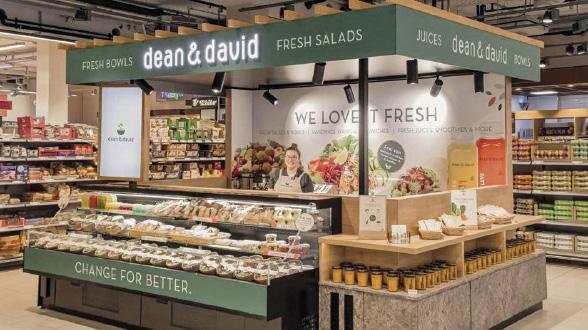
It is no longer just the bakery, the butcher’s and the petrol station buffet that pose a competition: convenience stores have also popped up within grocery stores
Digital world
Nowadays one of the main trends in the restaurant world is the introduction of innovative technologies – contactless delivery, cashless payment and digital menus came into fashion during the coronavirus pandemic and stayed with us ever since. 2023 is all about time saving technological solutions, from which both guests and owners can profit. What about the not too distant future? Robots will turn up in restaurant kitchens and bars, in Italy artificial intelligence (AI) technology is already being used to create linguistic models for personal sommelier services, and it is also AI that takes perfect food photos on demand – the latter is already becoming a feature in hundreds of thousands of US restaurants.
The menu and its maker
Rationalising also affects restaurant menus: offering too many different dishes may be costly! With a good menu strategy, restaurant owners can simplify purchasing, storage, preparation, organising technological processes and planning costs. By using convenience products, eateries are basically outsourcing some of the manual work to food companies. This is now a necessity for certain restaurant types, where the workforce problem is serious. It seems that this situation is unlikely to change in the sector, so restaurants must adapt to it, with staff management becoming one of their most important tasks! The polycrisis won’t last forever, so restaurant owners must analyse as soon as possible: is what they are offering to workers good enough to keep them or to attract new employees?
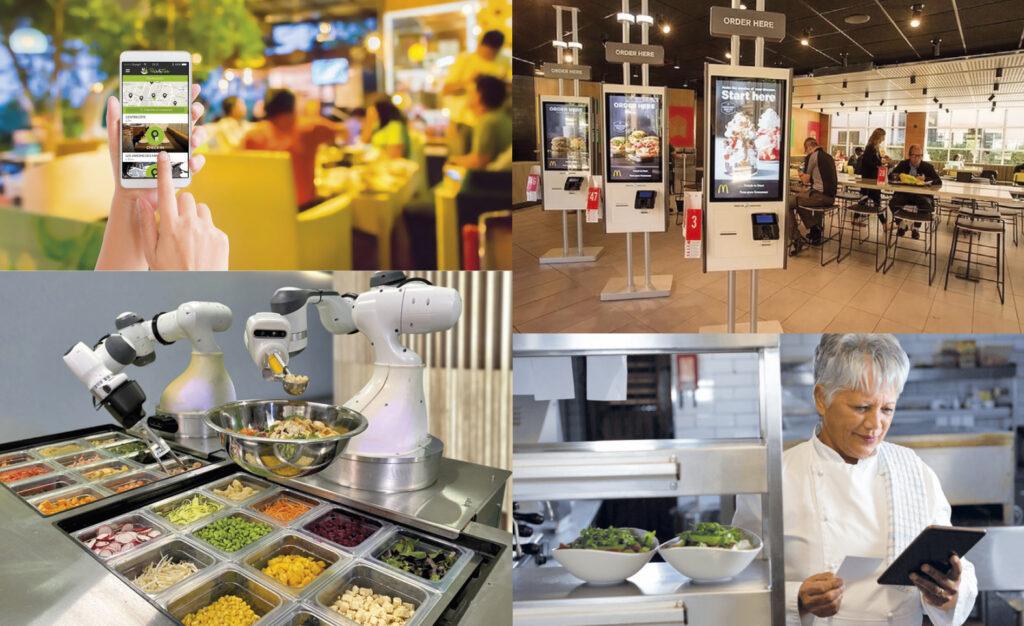
We have not recently seen any trend analysis that failed to address the level of digitalisation as a key issue
Realities
Hungarian companies in the public sector catering sector are celebrating: they managed to survive in spite of the recession. In spring and autumn 2022 they increased prices by 0-30%, but parents could feel only a little from this, as the state and municipalities are footing the majority of the bill. More hardships have already arrived in the sector, as from 1 January 80% of cooking ingredients must come from short supply chains – even if the imported product is often cheaper or there isn’t enough domestic product available.
What about marketing? Consumers belonging to generations Y and Z want new types of services and products, and they also have different attitudes about consumption, sustainability and communication. These consumers are the ideal guests: they are curious, love to be together, like to eat and have money in their pockets.
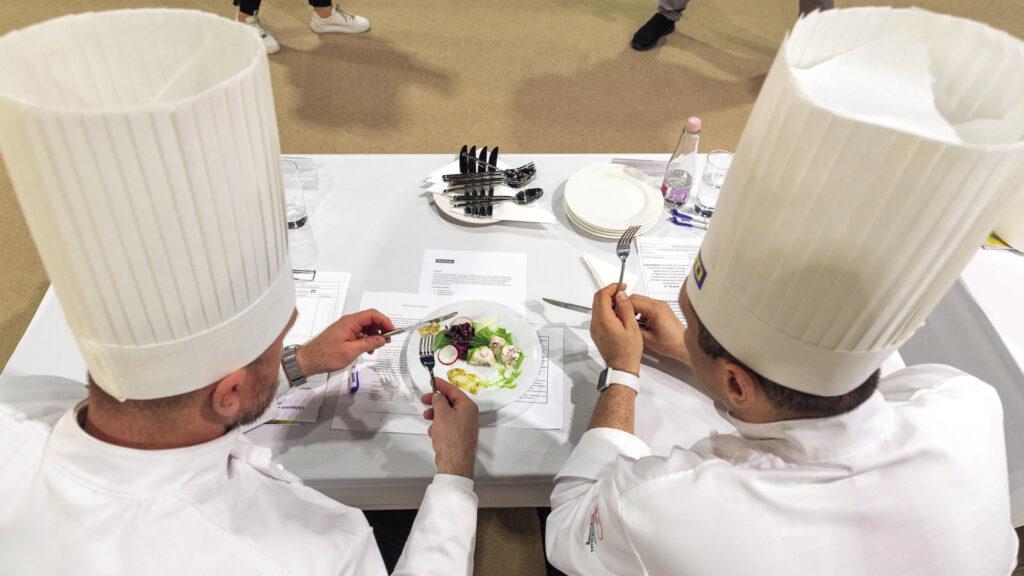
Priorities of public catering are changing: the Public Sector Catering Competition (KÖSZ) features a meat-free menu
Getting used to plant-based food
Veganism and vegetarianism are more and more popular, and the number of flexitarian consumers is also rising. Restaurant owners must realise that the trend of eating plant-based foods is irreversible, as it can be seen very well from the fact that the likes of Nestlé, Unilever and METRO are investing a lot of money in this category. Another important indicator for how strong this trend is that Eleven Madison Park – a restaurant in New York with 3 Michelin stars – has been offering only plant-based meals for two years now. Meanwhile in Hungary quite a few restaurants joined the Veganuary initiative this year.
Flavours from the lab
One of the alternatives to livestock farming is producing meat in laboratories: cultured meat makes it possible to eat “real” meat without having to feel guilty because of environmental or ethical reasons. In the near future cultured meat will appear not only on the shelves of grocery stores, but also in the kitchens of restaurants.
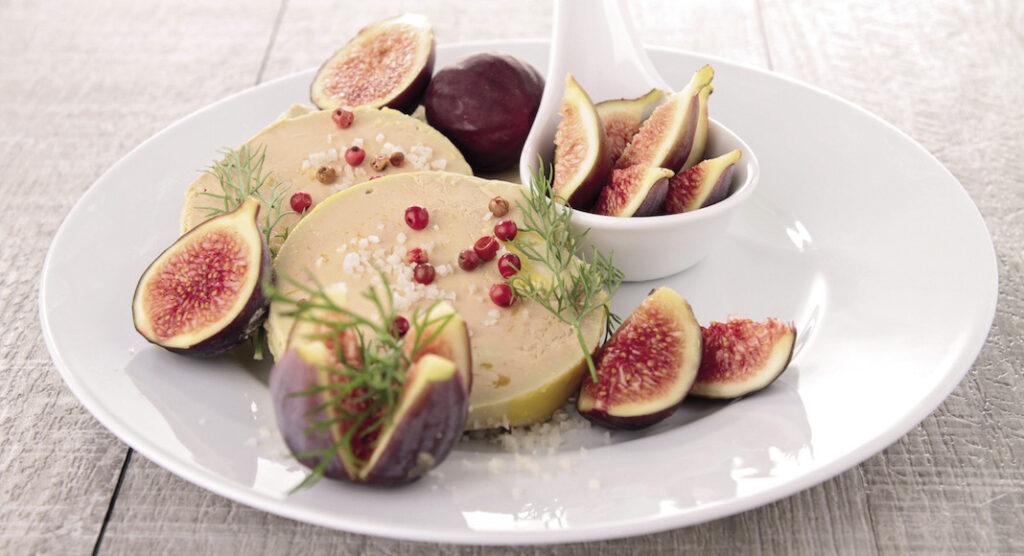
In France, gastronomy has also tested the first-ever lab-grown goose liver
US firm Upside Foods – they produce cultured meat, poultry and fruits of the sea – was the first in the world to be granted the “generally recognised as safe” status for its products by the Food and Drug Administration (FDA). In France cultured foie gras is waiting for the green light from the authorities. //
A symbiosis of guests and restaurant owners
Ákos Bősze, HoReCa business development executive of METRO:
“2023 will be the year of fasting for restaurant owners and guests alike. Fasting isn’t necessarily something bad, as it can purify the body and create a new balance, but obviously it requires sacrifices and discipline from everyone. A lot depends on how restaurant owners and guests cooperate – it is in the interest of both parties to live in a symbiosis. People like to socialise, so the cafés, bars and restaurants won’t remain empty, but with guests having less money in their pockets, consumption habits will change. Owners will have to come up with offers that are affordable, but can still give a real experience to guests. A good example of this is that guests can already choose from more starters in many restaurants.”
 //
//
This article is available for reading in Trade magazin 2023.2-3.
Related news
The HORECA sector joins forces with Alimentaria+Hostelco to mark the future of hospitality
🎧 Hallgasd a cikket: Lejátszás Szünet Folytatás Leállítás Nyelv: Auto…
Read more >Close to consumers
🎧 Hallgasd a cikket: Lejátszás Szünet Folytatás Leállítás Nyelv: Auto…
Read more >No more “pig in a poke” in hospitality: How Eventrend Group reformed workforce management with the help of Giggle
🎧 Hallgasd a cikket: Lejátszás Szünet Folytatás Leállítás Nyelv: Auto…
Read more >Related news
Christmas shock in commerce: for the first time, we can pay with bank cards in fewer places
🎧 Hallgasd a cikket: Lejátszás Szünet Folytatás Leállítás Nyelv: Auto…
Read more >Hungarian Confectionery Manufacturers Association: trends in 2025 and prospects for 2026
🎧 Hallgasd a cikket: Lejátszás Szünet Folytatás Leállítás Nyelv: Auto…
Read more >Most grocery chains will be open until noon on December 24th
🎧 Hallgasd a cikket: Lejátszás Szünet Folytatás Leállítás Nyelv: Auto…
Read more >






